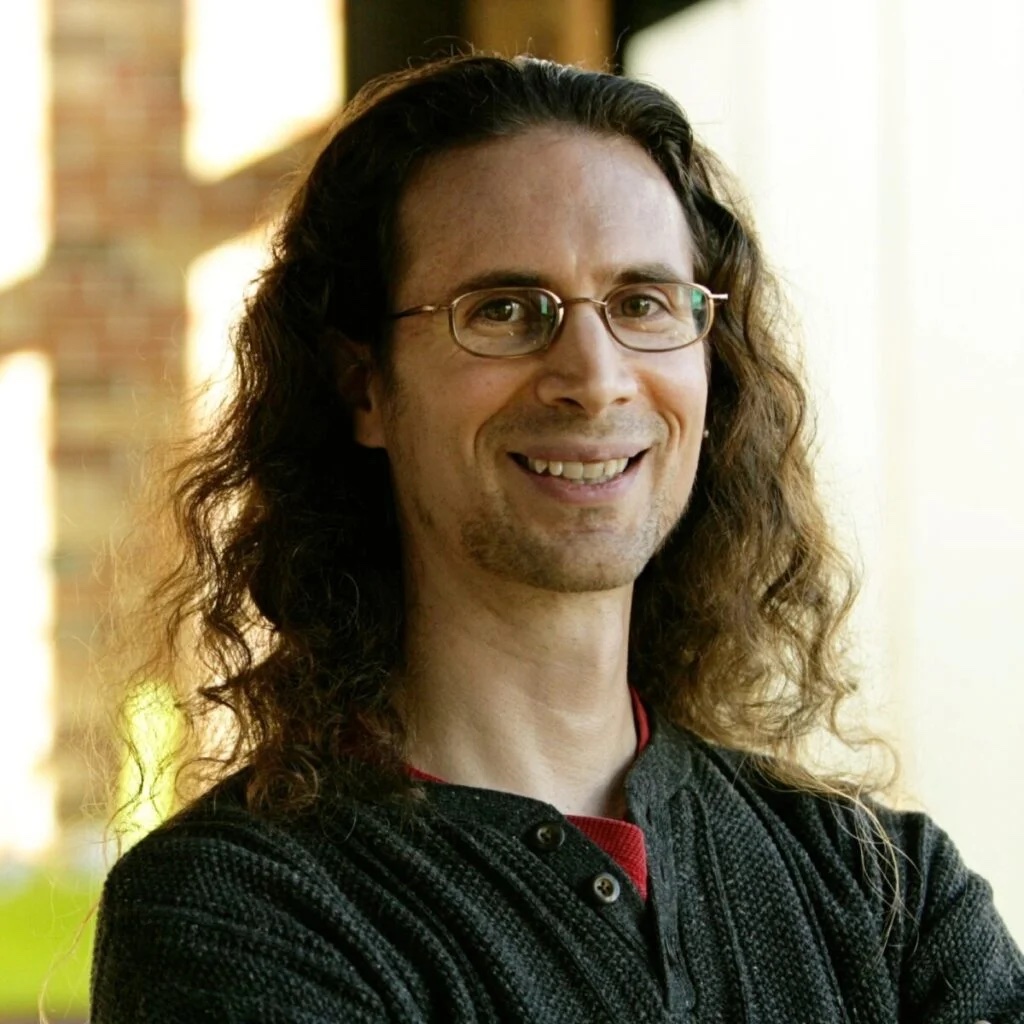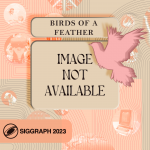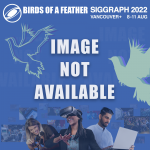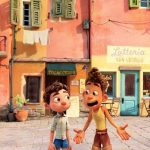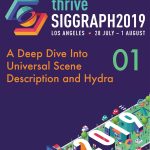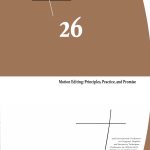F. Sebastian Grassia
Most Recent Affiliation(s):
- Pixar Animation Studios
Location:
- Pinole, California, United States of America
Bio:
SIGGRAPH 2024
For more than a decade, Sebastian has led the team developing Universal Scene Description (USD) at Pixar. As the lead developer for USD, Sebastian has been paramount in its evolution first within Pixar, then throughout the film industry, and now within related industries, enabling the management and manipulation of complex 3D assets and scenes. Because of his direct contributions and his continual guidance, USD’s evolution has not only enhanced its technical capabilities but has also prioritized usability and accessibility for artists and production teams, streamlining workflows and facilitating collaboration.
Sebastian’s commitment to opensource principles has fostered a thriving community around USD, further enabling its continuous improvement. His voice is a constant presence in USD forums and discussions of new features, always staying focused on ensuring the principles of USD are upheld while bringing new innovations to the forefront. His involvement in the community has reshaped the landscape of digital film production in a direct and practical way.
SIGGRAPH 1999
Sebastian Grassia studies Computer Science in the PhD program at Carnegie Mellon University. Since first studying graphics at Williams College, where he graduated with highest honors in Computer Science and Physics, he has developed a deep fascination and appreciation for all varieties of animations, and the creative processes involved in their making. Focussing on 3D character animation, he has investigated intuitive algorithms for inverse kinematics on articulated figures, presenting some of his findings at previous SIGGRAPH courses. He is currently working on automatic character animation synthesis that is intelligent enough to create believable motion from high-level specification, yet flexible enough to allow fine-tuning by a trained animator. He hopes to achieve this goal by systematically encoding knowledge from animators so that it can be applied to guiding low-level motion transformation algorithms into combining and adapting existing animation clips. He has also studied new and existing representations of rotations for 3D animation, and has an upcoming article in the “Journal of Graphics Tools” on practical uses of the exponential map in animation algorithms. He learned about the animation process and architectures for supporting it while interning at Pixar in 1995, and has been active as an animation systems designer and consultant.
Additional Links:
Course Organizer:
Award(s):
Experience(s):
- Guido Quaroni
- Brad Peebler
- Henrik Edstrom
- Neil Hazzard
- Guillame Laforge
- Frederic Servant
- Shawn Dunn
- Jonathan Egstad
- Gary Jones
- James Pedlingham
- Chris Wetherly
- Aaron Luk
- Tom Cauchois
- F. Sebastian Grassia
- Florian Zitzelsberger
- Chris Rydalch
- Paolo Emilio Selva
- Curie Hong
- Jeremy Retailleau
- Katie Herrera
Learning Category: Presentation(s):
Role(s):
Submit a story:
Did you know you can send us a photo of yourself and a bio and we will post it? Make sure the photo is at least 1000 x 1000 and send it to the email above along with the bio and we will add it to your page.

